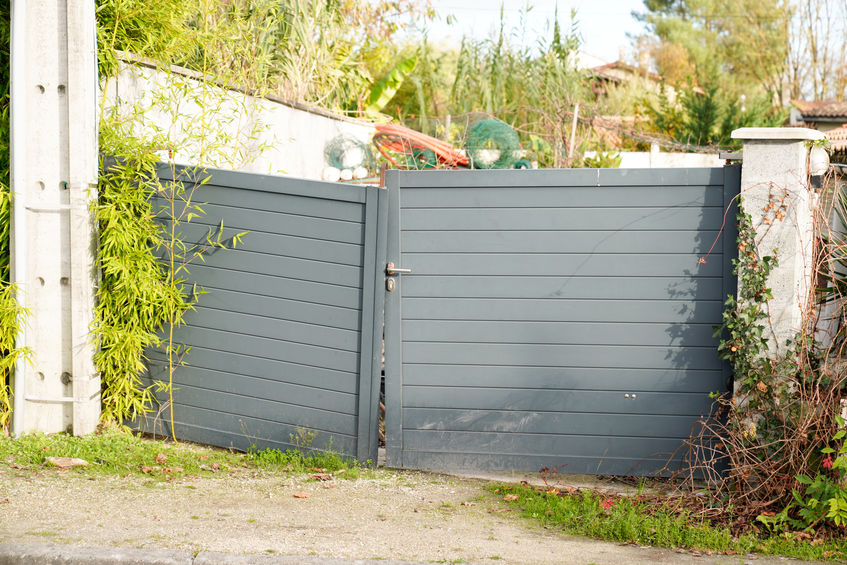Your guide to dilapidation reports
by
What are dilapidation reports?
A Dilapidation Survey is carried out by an independent surveyor on behalf of a landlord or property manager. It’s designed to carefully, expertly assess the condition of a commercial property.
Dilapidation reports are used to record the condition of a building at the end of a tenancy, and also before and during construction. Dilapidation Surveys reveal to landlords whether the tenant has maintained the building according to the terms of the tenancy agreement. And councils often ask for a dilapidation report on neighbouring structures before starting a building project.
The word ‘dilapidations’ covers any defects and damage that have to be repaired or paid for, involving things like the current condition of the structure itself, the road outside it, and the pavements. It’s even detailed enough to include minor wear and tear.
Why do you need dilapidation reports?
A dilapidation report is useful just in case the owner of a neighbouring property takes action against you for damage they believe has been caused by your building work. If, for example, you’re having work done that affects a party wall, dilapidation reporting is probably a wise idea. It provides a benchmark, a snapshot revealing the exact condition of the place at the time the report was done, which means any damage can easily be seen, proved, and fairly compensated for by the people who caused it.
What does dilapidation reporting involve?
When there’s decay or damage to a building caused by continuous neglect, poor maintenance or a lack of repair, dilapidation works will need to be carried out to bring it back to its original condition.
Dilapidation reports itemise all the defects and also include an actual visual record, a photo of each defect. The inspector reports on every internal and external area of the structure as well as any ‘council assets’ like roads, pavements, and gardens. The condition of the property is agreed by everyone concerned before they sign the report and it becomes official.
Why hire an independent third party surveyor for dilapidation reports?
A third-party surveyor who is totally independent of the landlord, tenant, and the dilapidation contractor themselves will make sure the report is accurate. The report will be fair, with no bias involved and containing nothing but the true financial implications of any repair work needed.
What do you do with the Dilapidation Survey?
Once the report is completed and signed off by everyone involved, work can start on restoring the property to its original condition. This can include everything from simple painting and decorating, building and remedial work to removing or changing partitions and ceilings in offices, taking care of the grounds and car parks, making mechanical and electrical repairs, floor repairs, glazing and windows, joinery, roof repair and more. It can even involve removing IT equipment.
What happens if you don’t do the work required?
If the tenant doesn’t carry out the work before the place is vacated, responsibility passes back to the landlord, leaving the tenant liable for the costs. At this stage, the tenant loses control of the dilapidation repairs, which have to be sorted out by someone else, and they could end up paying extra to cover someone else’s time and administration fees.
Arrange reliable, professional dilapidation reports in London
Contact us for expert professional dilapidation reporting from experienced RICS surveyors.

 +44 (0)20 3355 7909
+44 (0)20 3355 7909 professional@friendandfalckesurveyors.co.uk
professional@friendandfalckesurveyors.co.uk
